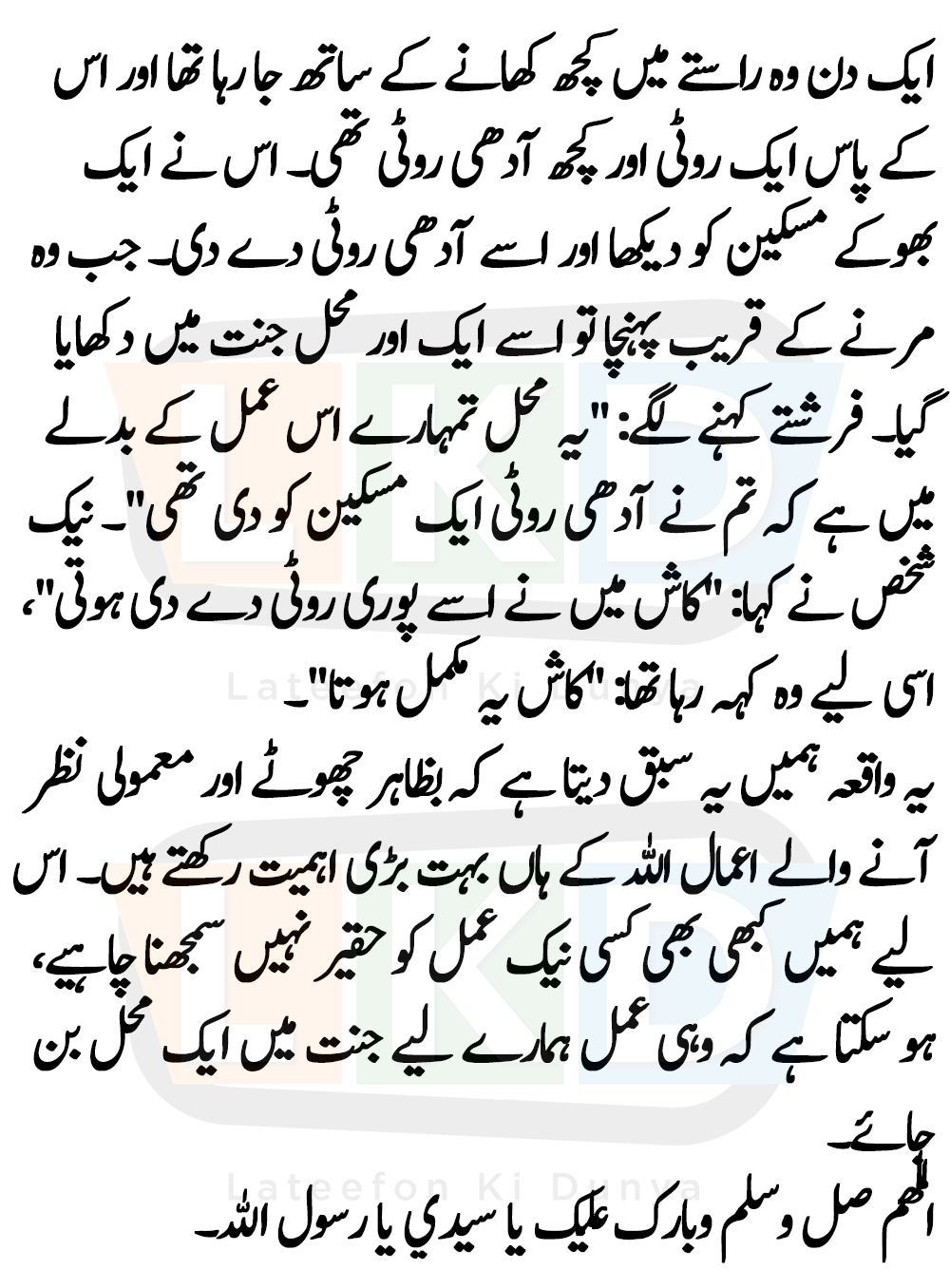Eye allergies, also known as allergic conjunctivitis, are common and can be extremely uncomfortable. They often cause symptoms such as itching, redness, burning, and watery eyes, triggered by allergens like pollen, dust, pet dander, or mold. Eye drops are one of the most effective treatments for relieving these symptoms quickly. This guide will explore the different types of eye drops available for allergies and how to choose the best one for your specific needs.


1. Antihistamine Eye Drops
Why They Work:
- Antihistamine eye drops provide relief from allergy symptoms by blocking the action of histamines, the chemicals that cause itching, swelling, and redness in the eyes. They work quickly to reduce irritation and can be used for both short-term and long-term relief.
Top Picks:
- Zaditor (Ketotifen): A popular over-the-counter option that offers fast-acting, long-lasting relief from itchy eyes caused by allergies. It’s suitable for both adults and children aged 3 and up.
- Alaway (Ketotifen): Another widely used antihistamine eye drop that provides up to 12 hours of relief from itchy eyes. It’s a great choice for seasonal allergy sufferers.
When to Use:
- Use antihistamine eye drops when you experience immediate itching or redness due to exposure to allergens like pollen or pet dander.
2. Mast Cell Stabilizer Eye Drops
Why They Work:
- Mast cell stabilizer eye drops work by preventing the release of histamine and other inflammatory chemicals from mast cells. These drops are typically used for long-term relief and prevention of allergic symptoms.
Top Picks:
- Crolom (Cromolyn Sodium): A prescription eye drop that helps to prevent allergic reactions in the eyes by stabilizing mast cells. It’s especially effective for seasonal allergies.
- Alocril (Nedocromil Sodium): Another prescription option that provides long-term relief from allergy symptoms by preventing the release of allergy-triggering substances.
When to Use:
- Mast cell stabilizer eye drops are ideal for people who experience chronic or recurrent eye allergies. They are best used as a preventive treatment rather than for immediate relief.
3. Antihistamine/Mast Cell Stabilizer Combination Eye Drops
Why They Work:
- These combination eye drops offer the benefits of both antihistamines and mast cell stabilizers. They provide fast relief from itching and redness while also preventing future allergic reactions.
Top Picks:
- Pataday (Olopatadine): Available in both once-daily and twice-daily formulations, Pataday offers powerful relief from itchy, watery eyes. It’s an excellent choice for those with moderate to severe allergies.
- Pazeo (Olopatadine): A prescription-strength version of Pataday, offering even stronger relief for individuals with persistent eye allergies.
When to Use:
- Combination eye drops are perfect for individuals who need immediate relief from allergy symptoms and want to prevent further reactions. They work quickly and provide long-lasting results.
4. Decongestant Eye Drops
Why They Work:
- Decongestant eye drops work by constricting the blood vessels in the eyes, reducing redness and swelling. They are often used for temporary relief of redness caused by minor irritants or allergies.
Top Picks:
- Visine-A (Naphazoline/Pheniramine): Combines an antihistamine with a decongestant to relieve both redness and itching. It’s a good option for occasional use when you need quick relief.
- Clear Eyes Redness Relief (Naphazoline): This over-the-counter decongestant eye drop quickly reduces redness and soothes irritated eyes, but should be used sparingly to avoid rebound redness.
When to Use:
- Decongestant eye drops are best for short-term relief of redness and minor eye irritation. They are not recommended for long-term use, as they can cause rebound redness with overuse.
5. Artificial Tears
Why They Work:
- While artificial tears don’t treat allergies directly, they help flush out allergens from the eyes and provide moisture to soothe dryness and irritation. They are especially useful for individuals who suffer from dry eyes due to allergies.
Top Picks:
- Systane Ultra: A highly recommended artificial tear that provides long-lasting lubrication and relief from dryness and irritation. It’s great for use throughout the day.
- Refresh Tears: Another popular choice for moisturizing dry, irritated eyes. It’s gentle enough for frequent use and helps wash away allergens.
When to Use:
- Artificial tears are a good option for those experiencing dryness, irritation, or mild allergy symptoms. They can be used alongside other allergy-specific eye drops to provide additional moisture and comfort.
6. Steroid Eye Drops
Why They Work:
- Steroid eye drops are prescribed for severe allergic reactions that don’t respond to other treatments. They work by reducing inflammation in the eyes and are usually used for short-term treatment under a doctor’s supervision.
Top Picks:
- Lotemax (Loteprednol): A mild corticosteroid eye drop that helps reduce inflammation in the eyes caused by severe allergies. It’s often prescribed for individuals with chronic or severe allergic conjunctivitis.
- FML (Fluorometholone): Another corticosteroid option used for more serious allergic reactions or inflammation in the eyes.
When to Use:
- Steroid eye drops are reserved for severe cases of eye allergies or inflammation. They should only be used under the guidance of an eye care professional due to potential side effects with prolonged use.
7. Prescription Eye Drops
Why They Work:
- Prescription eye drops often contain stronger antihistamines, mast cell stabilizers, or corticosteroids and are designed for individuals with chronic or severe eye allergies that don’t respond to over-the-counter treatments.
Top Picks:
- Bepreve (Bepotastine): A prescription antihistamine eye drop that provides fast relief from itchy, red eyes due to allergies. It’s a great option for individuals with more persistent symptoms.
- Elestat (Epinastine): Another prescription antihistamine drop that offers quick relief from allergy symptoms without the side effects of drowsiness or dry mouth.
When to Use:
- If over-the-counter options are not providing enough relief, prescription eye drops may be necessary. Consult with an eye care professional to determine the best treatment for your specific needs.
How to Choose the Right Eye Drops for You
- Assess Your Symptoms: Determine whether you’re experiencing itching, redness, dryness, or a combination of symptoms. This will help guide your choice of eye drops.
- Consider Your Allergens: If you know your specific allergen (pollen, dust, pet dander), you can choose a targeted eye drop that addresses your particular symptoms.
- Look for Multi-Symptom Relief: If you experience multiple symptoms like itching, redness, and dryness, combination eye drops or antihistamine/mast cell stabilizers may be the best option.
- Consult a Doctor: If you have chronic or severe symptoms, it’s essential to consult an eye care professional to get a prescription-strength treatment or a more specific recommendation.
Conclusion
Finding the best eye drops for allergies depends on your specific symptoms and needs. Antihistamine eye drops provide quick relief from itching, while mast cell stabilizers offer long-term prevention. Decongestant eye drops reduce redness, but should be used sparingly. Artificial tears can complement other treatments by soothing dryness and flushing out allergens. For severe cases, steroid or prescription eye drops may be necessary. By choosing the right type of eye drop, you can effectively manage and relieve your allergy symptoms, allowing you to enjoy clearer, more comfortable vision.



